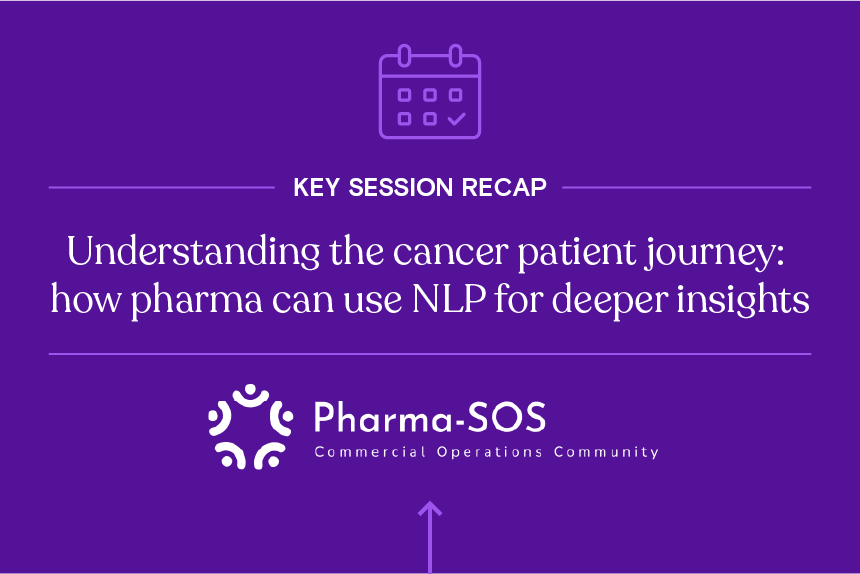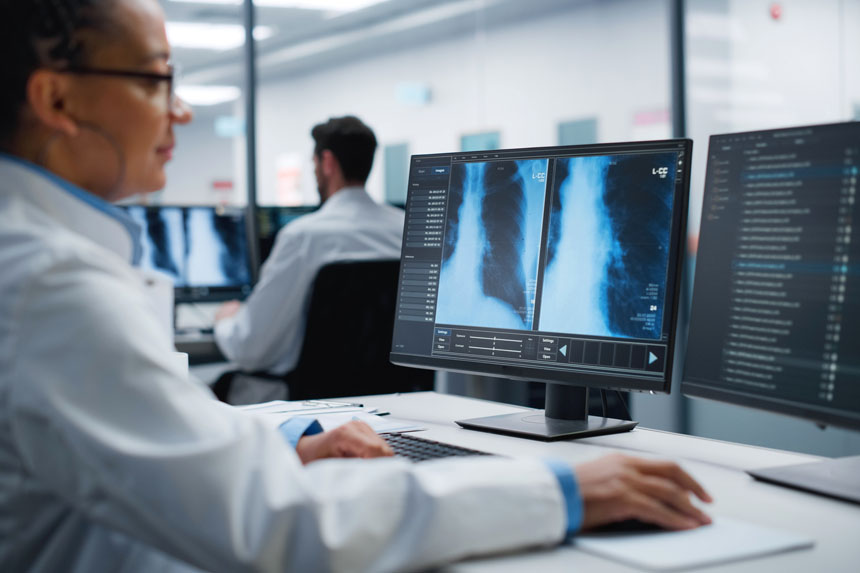The fight against obesity in America hasn’t been going great.
Despite the efforts of doctors, nutritionists, and public health educators on the front lines, the prevalence of obesity in the U.S. rose from 30.5% to 41.9% between 2000 and 2020. Obesity-related conditions like heart disease, stroke, type 2 diabetes, and cancer are all among the leading causes of preventable death and cost the U.S. healthcare system more than $173 billion per year.
Not only has the war on obesity failed to make us thinner; it may ultimately have harmed our society’s relationship with food and our own bodies.
Fat shaming is as rampant as obesity and can affect larger people’s mental health and even drive weight gain. Research shows that most diets don’t work, and between one- and two-thirds of people who diet regain more weight than they lost. Even the American Academy of Pediatrics’ controversial new guideline recommending bariatric surgery for obese adolescents seems dead on arrival, as follow-up studies have found that half of patients regain their weight, and a full 90% experience reduced bone mass and nutritional deficiencies.
Unsurprisingly, the most recently introduced weapon in the war against obesity has brought defenders and detractors out of the trenches and into open conflict. Originally approved to treat type 2 diabetes, glucagon-like peptide-1 (GLP-1) drugs are helping people eat healthier and lose weight.
But the impact goes beyond weight loss. GLP-1 drugs could have an effect on a variety of industries and additional patient populations.
What are GLP-1 drugs?
Glucagon-like peptide-1 receptor agonists are a class of medications designed to treat type 2 diabetes. They mimic the action of the GLP-1 hormone that stimulates insulin release from the pancreas in response to food intake. By increasing insulin secretion, decreasing glucagon production, and slowing down the emptying of the stomach, GLP-1 drugs help regulate blood glucose levels and make it easier to manage diabetes.
These properties also make GLP-1 drugs promising tools for the treatment of obesity. Patients on GLP-1 drugs feel full longer and reduce their calorie intake by 20% to 30% daily, according to a Morgan Stanley research survey. Interestingly, users seem most likely to cut back on foods high in sugar and fat, like confections, sugary drinks, and salty snacks.
The most popular GLP-1 drug is approved for the treatment of type 2 diabetes, but its off-label use for weight loss has driven it into the top five best-selling drugs in 2023 despite not even cracking the top 10 in 2022. The second most popular option contains the same active ingredient but is directly approved for weight loss.
The popularity of these drugs combined with their ability to change how we eat has some people in the food industry worrying about their larger impact on the market.
GLP-1 medications for weight loss could reshape the food industry
Morgan Stanley Research analysts estimate that around 7% of the U.S. population will be using GLP-1 drugs by 2035. When 24 million people change their eating habits, it’s inevitable that the market will see some changes, too.
Those analysts project that manufacturers of confectioneries, baked goods, and salty snacks will be among the first casualties of widespread GLP-1 usage for weight loss. Overall consumption of these products could drop by as much as 3% by 2035—but demand for “weight-loss management foods” like protein shakes and meal replacements will likely rise in response.
The beverage industry will also likely see losses. More than 60% of patients taking GLP-1 drugs drank fewer sugary drinks and less alcohol. Around one in four gave up alcohol entirely, while one in five stopped drinking sugary drinks. This could lead to a 2% drop in nationwide alcohol consumption.
GLP-1 patients are also giving up trips to fast food and pizza restaurants and cutting their weight management program subscriptions. But if you think the food industry is taking a hit, wait until you see how Ozempic and Wegovy are impacting your local pharmacy.
Pharmacies are losing money to GLP-1 drugs
reimbursements. But many small pharmacies are actually losing money as acquisition costs overshadow reimbursement rates, according to a survey from the National Community Pharmacists Association (NCPA).
On average, local pharmacies lose more than $37 per 30-day supply of leading GLP-1 drug. This discrepancy has some pharmacists saying they’ll be forced to stop carrying the drugs if reimbursement rates don’t improve in 2024.
Already, around 86% of community pharmacies have reported turning away patients due to lost revenue, and 88% have considered stopping filling prescriptions, the NCPA survey found. Even retail pharmacies like Walmart and Kroger say they’re seeing lower profitability than planned for—of course, these retail giants can offset prescription losses with sales of any number of other goods.
Many pharmacies are having trouble simply keeping GLP-1 drugs in stock due to high demand. For patients using the drugs to treat obesity, these shortages mostly present a temporary inconvenience, but patients living with type 2 diabetes can face the risk of further complications if they’re unable to effectively manage their blood sugar without GLP-1 agonists.
Potential impact of GLP-1 drugs on the medical device industry
Medical device investors are getting nervous—should they be? There’s some reasonable concern among medical device developers and investors that GLP-1 drugs could cut into the total market. Common medical devices like pacemakers, CPAP machines, gastric bands, and glucose monitors help to treat conditions that are associated with or complicated by obesity. Already, U.S. bariatric surgery growth has taken a downturn, which could affect demand for a suite of devices related to bariatric procedures.
The “threat” that GLP-1 drugs could reduce obesity and its comorbidities at the population level has scared some medtech investors into selling shares. However, not everyone in the industry shares that fear. Analysts from J.P. Morgan and William Blair said that they don’t expect GLP-1 drugs to meaningfully impact device usage. One CEO of a leading medtech company likewise disagrees that GLP-1 drugs will have much of an effect on devices for type 1 diabetes or cardiovascular disease.
In fact, some industry leaders suggest weight-loss drugs could provide downstream tailwinds to medical device developers, as patients starting on the drugs need to monitor their blood sugar as dosages increase. The CEO of a major manufacturer pointed out that weight loss from GLP-1 drugs could make obese patients eligible for other surgeries that rely on medical devices.
The high cost of these drugs could ultimately bring patients back to the devices they abandoned. One study showed that only about one-third of patients still used GLP-1 drugs a year after they were first prescribed, as prohibitive costs outweighed the relatively slow progress of weight loss.
The stock market looks a little different
The explosion of GLP-1 drugs is changing other elements of the global economy along with the food and medical industries.
Valued at $433 billion, the manufacturer of the leading GLP-1 drug is now Europe’s largest company, and its home country of Denmark is even seeing the impact in the valuation of its currency and interest rates. One major competitor is getting a boost too, with its market value of $568 billion making it the ninth largest company in the S&P 500. Both companies’ stock prices rose 85% over the course of 2023.
On the other end of the spectrum, companies that provide support for other obesity-related conditions like sleep apnea are trying to turn short-term losses from GLP-1 drugs into long-term symbiotic growth.
Shares of CPAP manufacturers dropped more than 40% over last summer, according to Business Insider. But some data suggests that CPAP therapy, at least, is more effective when paired with GLP-1 usage.
We’re probably nowhere near understanding the full impact of these drugs. GLP-1 receptor agonists show therapeutic potential for treating kidney failure as well as heart disease. If these drugs make enough of a dent in U.S. obesity rates, we can expect to see downstream market effects around the treatment of comorbid conditions like stroke, liver disease, respiratory issues, and even fertility impairments.
Learn more
Whether you’re selling into the pharmaceutical market or looking to prepare your medical device business for these drugs’ downstream effects, healthcare commercial intelligence can make it easy to navigate the uncertainties of a rapidly evolving industry.
Sign up for a free trial today to get the latest, real-world data on prescription drug trends, from patient volumes and provider prescribing habits to industry M&A news and payor reimbursement rates.





